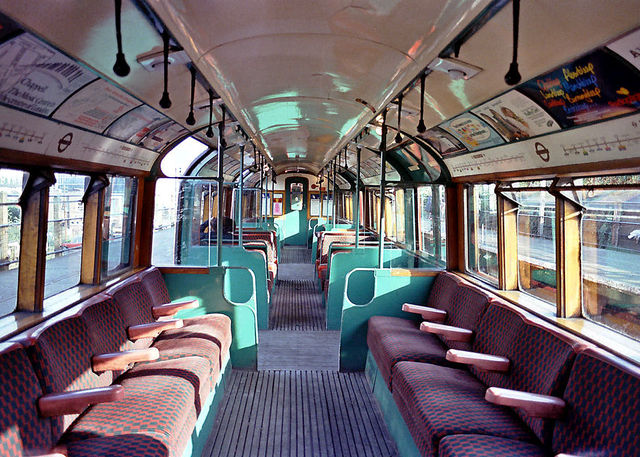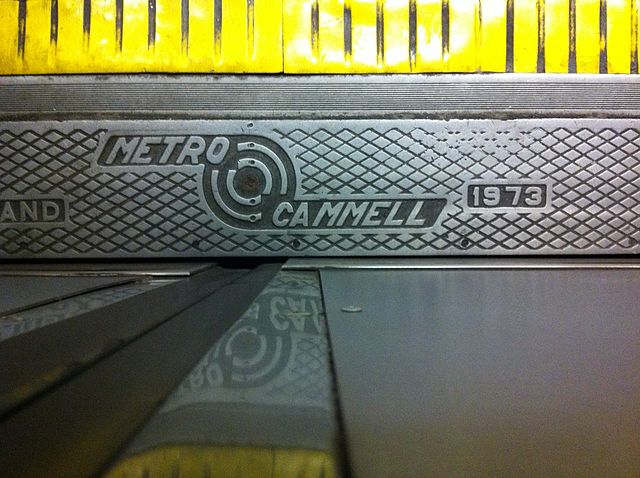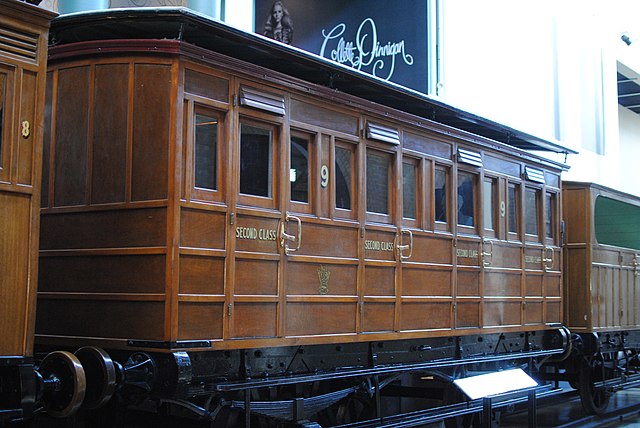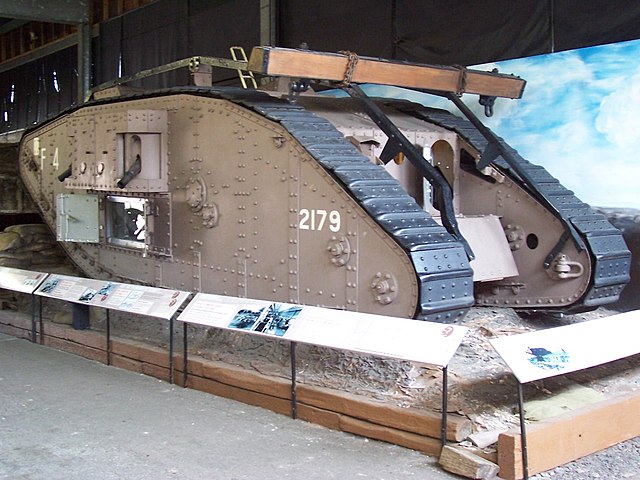London Underground 1938 Stock
The London Underground 1938 Stock was a London Underground tube stock design. A total of 1,121 cars were built by Metro-Cammell and Birmingham RC&W. An additional 173 cars were added to the fleet by the end of 1953, comprising 91 new builds, 76 conversions from Pre-1938 Tube Stock or 1935 Tube Stock, and six unconverted cars of 1935 Tube Stock, and the stock was used on the London Underground until 1988. During their long lives they worked on the Bakerloo, Northern, Piccadilly, East London, Central, and Northern City lines. Ten sets were refurbished and ran on the Isle of Wight as Class 483, making them the oldest passenger rolling stock operating timetabled services on the National Rail network at the time of their withdrawal in January 2021. The trains represented a major technical advance, as all the electrical equipment was located under the floor for the first time. All previous tube stock had large equipment compartments behind the driving cabs in motor cars, which reduced the space available for passengers by about a third.

A preserved train of 1938 Stock at South Ealing station
The interior of a 1938 Stock train
Island Line Class 483 No. 008 arrives at Shanklin
The interior of a Class 483
Metro-Cammell, formally the Metropolitan Cammell Carriage and Wagon Company (MCCW), was an English manufacturer of railway carriages, locomotives and railway wagons, based in Saltley, and subsequently Washwood Heath, in Birmingham. The company was purchased by GEC Alsthom in May 1989; the Washwood Heath factory closed in 2005 and was demolished in early 2019.
A door step plate from a unit of London Underground 1973 Stock, built by Metro-Cammell
Share of the Metropolitan Railway-Carriage & Wagon Company Ltd., issued 24. May 1864
Second class coach of 1854, built by Joseph Wright and Sons, now in Powerhouse Museum, Sydney
Flirt II, a WWI Mark IV "Female" tank, built by Metropolitan








